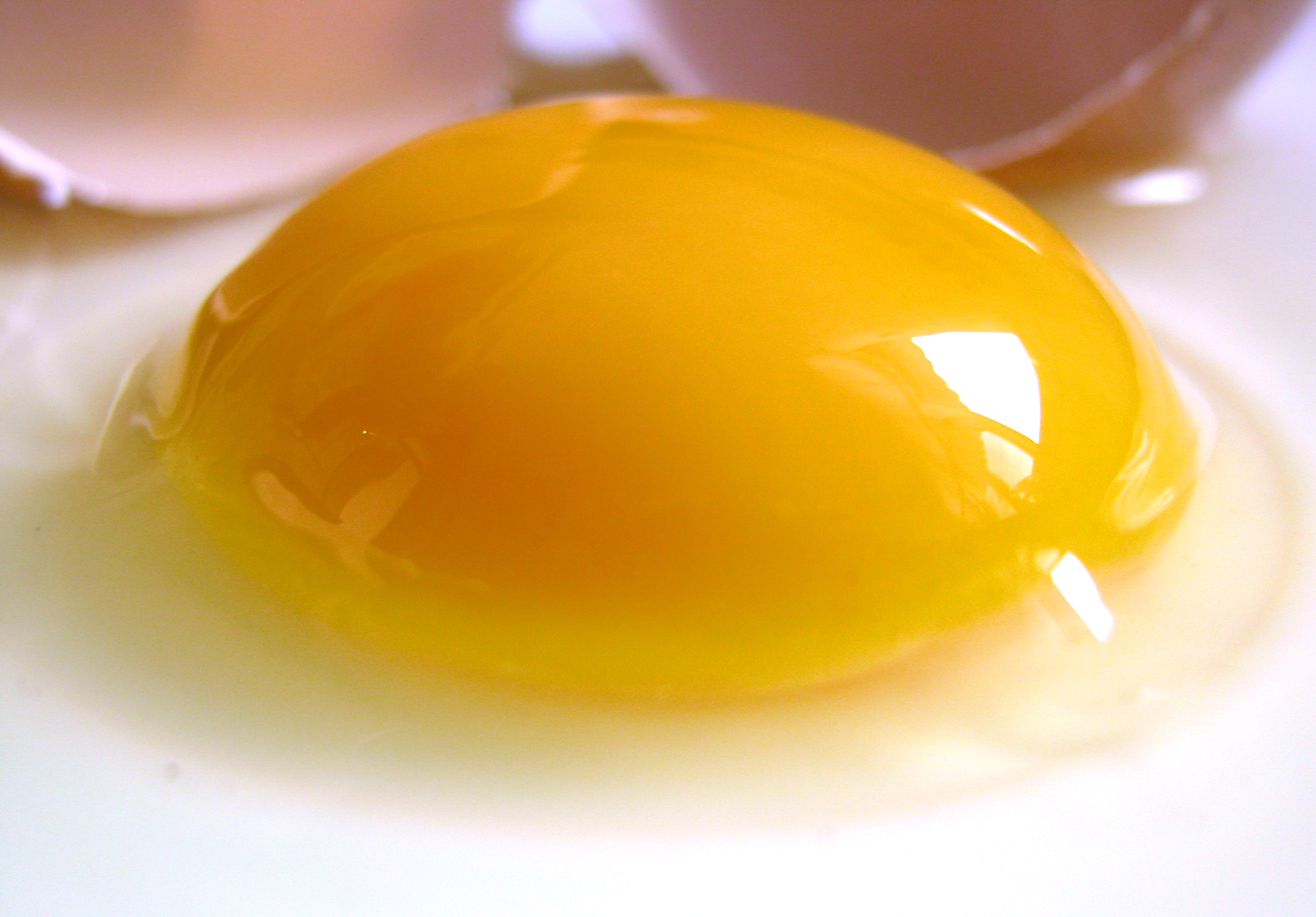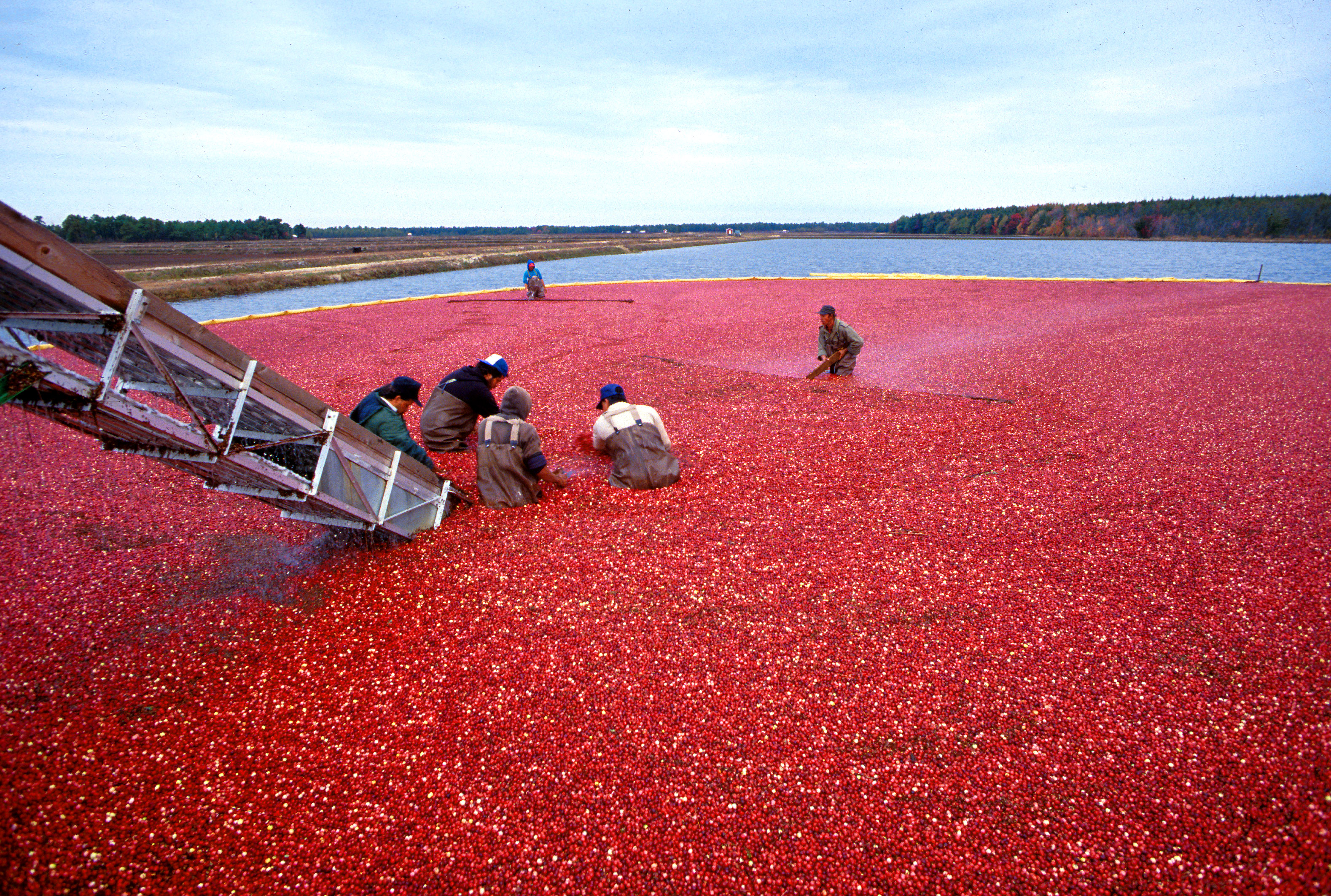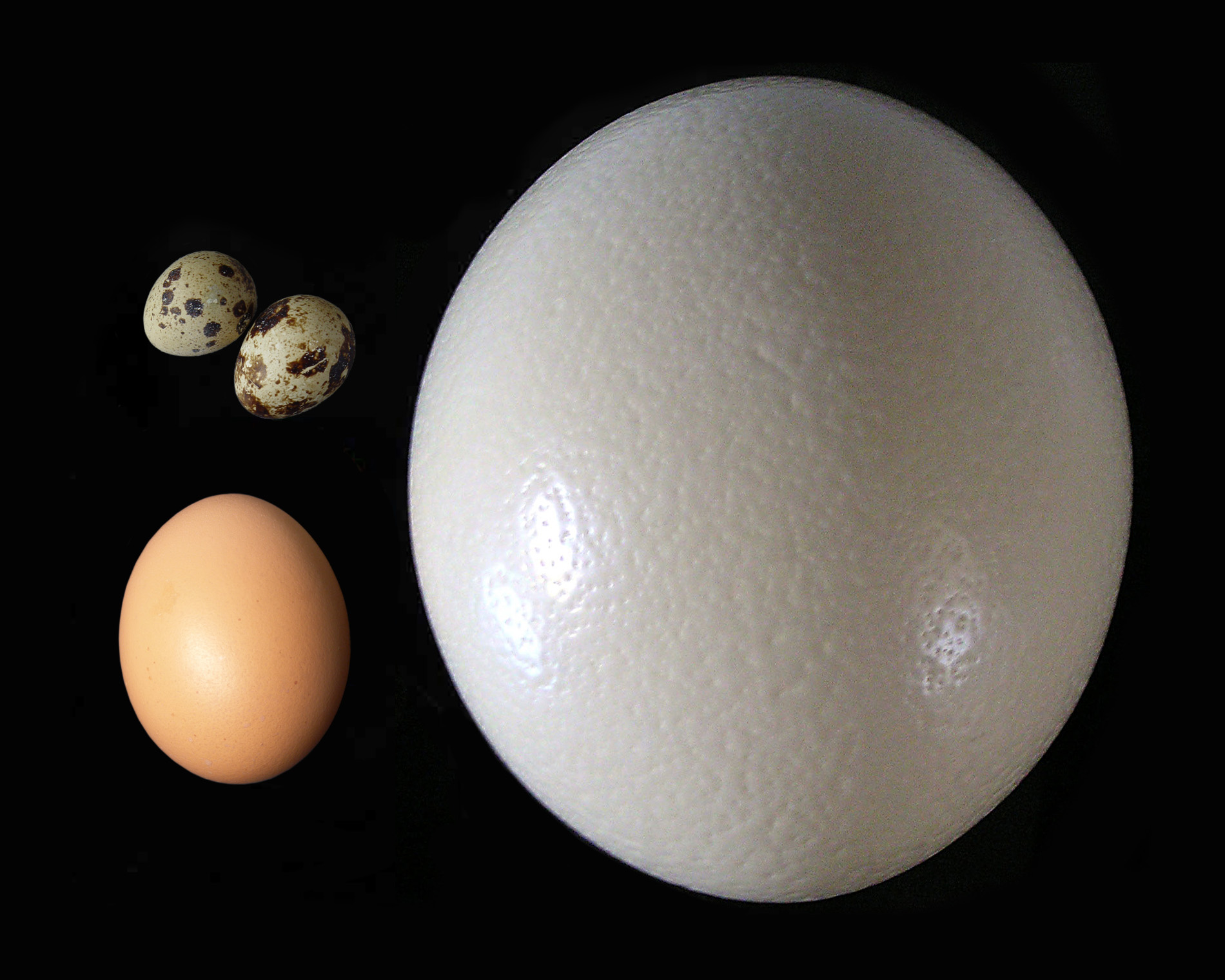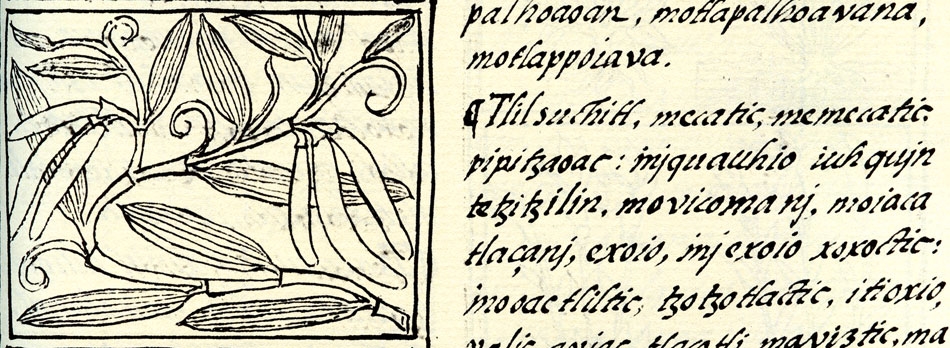|
Molecular Gastronomy
Molecular gastronomy is the Science, scientific approach of cuisine from primarily the perspective of chemistry. The composition (Structural formula, molecular structure), properties (mass, viscosity, etc) and transformations (chemical reactions, Reagent, reactant Product (chemistry), products) of an ingredient are addressed and utilized in the preparation and appreciation of the Food, ingested products. It is a branch of food science that approaches the preparation and Joy, enjoyment of nutrition from the perspective of a scientist at the scale of atoms, molecules, and mixtures. Nicholas Kurti, Hungarians, Hungarian physicist, and Hervé This, at the Institut National de la Recherche Agronomique, INRA in France, coined "Molecular and Physical Gastronomy" in 1988. Examples Eponymous recipes New dishes named after famous scientists include: *Gibbs – infusing vanilla pods in egg (food), egg white with sugar, adding olive oil and then microwave cooking. Named after physicis ... [...More Info...] [...Related Items...] OR: [Wikipedia] [Google] [Baidu] |
Raw Egg
Humans and other Hominidae, hominids have consumed Egg, eggs for millions of years. The most widely consumed eggs are those of fowl, especially chickens. People in Southeast Asia began harvesting chicken eggs for food by 1500 BCE. Eggs of other birds, such as ducks and ostriches, are eaten regularly but much less commonly than those of chickens. People may also eat the eggs of reptiles, amphibians, and fish. Fish eggs consumed as food are known as roe or caviar. Chicken, Hens and other egg-laying creatures are raised throughout the world, and mass production of chicken eggs is a global industry. In 2009, an estimated 62.1 million metric tons of eggs were produced worldwide from a total laying flock of approximately 6.4 billion hens. There are issues of regional variation in demand and expectation, as well as current debates concerning methods of mass production. In 2012, the European Union banned Battery cage, battery husbandry of chickens. History Bird eggs have been valu ... [...More Info...] [...Related Items...] OR: [Wikipedia] [Google] [Baidu] |
Added Sugar
Added sugars or free sugars are sugar carbohydrates (caloric sweeteners) added to food and beverages at some point before their consumption. These include added carbohydrates ( monosaccharides and disaccharides), and more broadly, sugars naturally present in honey, syrup, fruit juices and fruit juice concentrates. They can take multiple chemical forms, including sucrose (table sugar), glucose (dextrose), and fructose. Medical consensus holds that added sugars contribute little nutritional value to food, leading to a colloquial description as " empty calories". Overconsumption of sugar is correlated with excessive calorie intake and increased risk of weight gain and various diseases. Individuals who consume 17–21% of their daily calories from added sugar are reported to have a 38% higher risk of dying from cardiovascular disease compared to those who consume 8% of their daily calories from added sugar. Uses United States In the United States, added sugars may include ... [...More Info...] [...Related Items...] OR: [Wikipedia] [Google] [Baidu] |
Cranberry Juice
Cranberry juice is the liquid juice of the cranberry a fruit recognized for its bright red color, tart taste, and versatility for product manufacturing. Major cranberry products include cranberry juice, dried cranberry, cranberry sauce, frozen cranberry, cranberry powder, and dietary supplements containing cranberry extracts. The term "cranberry juice cocktail" or "cranberry juice blend" refers to products that contain about 28% cranberry juice, with the remainder either from other fruit juice concentrates (typically grape, apple or pear), water, and added sugar to improve palatability. Low-calorie cranberry juice products use non-caloric sweeteners. Despite a long-held reputation for providing antibacterial activity against urinary tract infections (UTIs), cranberry juice has no proven effects on UTIs due to uncertainty about the quality of research, as determined by a Cochrane review of completed clinical research. A scientific panel for the European Food Safety Authority ... [...More Info...] [...Related Items...] OR: [Wikipedia] [Google] [Baidu] |
Orange Juice
Orange juice is a liquid extract of the orange (fruit), orange tree fruit, produced by squeezing or reaming oranges. It comes in several different varieties, including blood orange, navel oranges, valencia orange, clementine, and tangerine. As well as variations in oranges used, some varieties include differing amounts of juice vesicles, known as "pulp" in American English, and "(juicy) bits" in British English. These vesicles contain the juice of the orange and can be left in or removed during the manufacturing process. How juicy these vesicles are depend upon many factors, such as species, variety, and season. In American English, the beverage name is often abbreviated as "OJ". Commercial orange juice with a long shelf life is made by pasteurizing the juice and removing the oxygen from it. This removes much of the taste, necessitating the later addition of a flavor pack, generally made from orange products. Additionally, some juice is further processed by drying and later reh ... [...More Info...] [...Related Items...] OR: [Wikipedia] [Google] [Baidu] |
Josiah Willard Gibbs
Josiah Willard Gibbs (; February 11, 1839 – April 28, 1903) was an American mechanical engineer and scientist who made fundamental theoretical contributions to physics, chemistry, and mathematics. His work on the applications of thermodynamics was instrumental in transforming physical chemistry into a rigorous deductive science. Together with James Clerk Maxwell and Ludwig Boltzmann, he created statistical mechanics (a term that he coined), explaining the laws of thermodynamics as consequences of the statistical properties of ensembles of the possible states of a physical system composed of many particles. Gibbs also worked on the application of Maxwell's equations to problems in physical optics. As a mathematician, he created modern vector calculus (independently of the British scientist Oliver Heaviside, who carried out similar work during the same period) and described the Gibbs phenomenon in the theory of Fourier analysis. In 1863, Yale University awarded Gibbs the firs ... [...More Info...] [...Related Items...] OR: [Wikipedia] [Google] [Baidu] |
Microwave
Microwave is a form of electromagnetic radiation with wavelengths shorter than other radio waves but longer than infrared waves. Its wavelength ranges from about one meter to one millimeter, corresponding to frequency, frequencies between 300 MHz and 300 GHz, broadly construed. A more common definition in radio-frequency engineering is the range between 1 and 100 GHz (wavelengths between 30 cm and 3 mm), or between 1 and 3000 GHz (30 cm and 0.1 mm). In all cases, microwaves include the entire super high frequency, super high frequency (SHF) band (3 to 30 GHz, or 10 to 1 cm) at minimum. The boundaries between far infrared, terahertz radiation, microwaves, and ultra-high-frequency (UHF) are fairly arbitrary and differ between different fields of study. The prefix ' in ''microwave'' indicates that microwaves are small (having shorter wavelengths), compared to the radio waves used in prior radio technology. Frequencies in the micr ... [...More Info...] [...Related Items...] OR: [Wikipedia] [Google] [Baidu] |
Olive Oil
Olive oil is a vegetable oil obtained by pressing whole olives (the fruit of ''Olea europaea'', a traditional Tree fruit, tree crop of the Mediterranean Basin) and extracting the oil. It is commonly used in cooking for frying foods, as a condiment, or as a salad dressing. It can also be found in some cosmetics, pharmaceuticals, soaps, and fuels for traditional oil lamps. It also has additional uses in some religions. The olive is one of three core food plants in Mediterranean cuisine, with wheat and grapes. Olive trees have been cultivated around the Mediterranean since the 8th millennium BC. In 2022, Spain was the world's largest producer, manufacturing 24% of the world's total. Other large producers were Italy, Greece, and Turkey, collectively accounting for 59% of the global market. The composition of olive oil varies with the cultivar, altitude, time of harvest, and extraction process. It consists mainly of oleic acid (up to 83%), with smaller amounts of other fatty acids ... [...More Info...] [...Related Items...] OR: [Wikipedia] [Google] [Baidu] |
Egg (food)
Humans and other hominids have consumed eggs for millions of years. The most widely consumed eggs are those of fowl, especially chickens. People in Southeast Asia began harvesting chicken eggs for food by 1500 BCE. Eggs of other birds, such as ducks and ostriches, are eaten regularly but much less commonly than those of chickens. People may also eat the eggs of reptiles, amphibians, and fish. Fish eggs consumed as food are known as roe or caviar. Hens and other egg-laying creatures are raised throughout the world, and mass production of chicken eggs is a global industry. In 2009, an estimated 62.1 million metric tons of eggs were produced worldwide from a total laying flock of approximately 6.4 billion hens. There are issues of regional variation in demand and expectation, as well as current debates concerning methods of mass production. In 2012, the European Union banned battery husbandry of chickens. History Bird eggs have been valuable foodstuffs since prehistory, ... [...More Info...] [...Related Items...] OR: [Wikipedia] [Google] [Baidu] |
Vanilla
Vanilla is a spice derived from orchids of the genus ''Vanilla (genus), Vanilla'', primarily obtained from pods of the flat-leaved vanilla (''Vanilla planifolia, V. planifolia''). ''Vanilla'' is not Autogamy, autogamous, so pollination is required to make the plants produce the fruit from which the vanilla spice is obtained. In 1837, Belgian botanist Charles François Antoine Morren discovered this fact and pioneered a method of artificially pollinating the plant. The method proved financially unworkable and was not deployed commercially. In 1841, Edmond Albius, a 12-year-old slave who lived on the French island of Réunion in the Indian Ocean, discovered that the plant could be hand-pollination, hand-pollinated. Hand-pollination allowed global cultivation of the plant. Noted French botanist and plant collector Jean Michel Claude Richard falsely claimed to have discovered the technique three or four years earlier. By the end of the 20th century, Albius was considered the ... [...More Info...] [...Related Items...] OR: [Wikipedia] [Google] [Baidu] |
Institut National De La Recherche Agronomique
The Institut national de la recherche agronomique (; ; abbr. INRA ) was a French public research institute dedicated to agricultural science. It was founded in 1946 and is a Public Scientific and Technical Research Establishment under the joint authority of the Ministries of Research and Agriculture. From 1 January 2020 the INRA merged with the IRSTEA ( Institut national de recherche en sciences et technologies pour l'environnement et l'agriculture) to create the INRAE ( Institut national de recherche pour l'agriculture, l'alimentation et l'environnement). INRA led projects of targeted research for a sustainable agriculture, a safeguarded environment and a healthy and high quality food. Based on the number of publications in agricultural sciences/crops and animal sciences, INRA was the first institute for agricultural research in Europe, and the second in the world. It belonged to the top 1% most cited research institutes. Missions INRA main tasks were: * to gather and dissemi ... [...More Info...] [...Related Items...] OR: [Wikipedia] [Google] [Baidu] |








